Eremophylla Research Project
Antimethanogenic stockfeed via Eremophylla pellets
Project Name
Antimethanogenic stockfeed via Eremophylla pellets
Location
Belvidere, Langhornes Creek, Mt Torrens
Total area or influence
Australia and international
Time frame
3 years
(Planning to final implementation)
Project Value
$495,000
Funding source
Australian Government (DAFF)
Project Partners
Australian Government (DAFF),
SANTFA, Environments By Design,
Uni QLD (Gatton) , Clean Carbon,
Conservation Farmers Inc.
Summary
- The establishment of Eremophylla plantations and harvesting to produce eremophylla pellets.
- Work with project partners to analyse possible livestock emission reductions
- Write-up findings and assist with further develop
Implementation Activities
- Arranging trial sites with land owners
- Source appropriate plant form / foliage
- Design trial sites
- Maintain budget controls
- Identify technical needs and best establishment processes for each site
- Manage collection, drying and development process
- Establish monitoring program
- Evaluate and review
- Work with collaborators to scientifically research concept
- Report on findings
Eremophylla Research Project Background
Eremophila (Emu Bush) is a highly variable perennial species, ranging from a low shrub as wide as 3 metres, to an erect shrub of 2 metres in height. Eremophylla is very drought tolerant species growing in rainfall from 150mm to 600mm across all mainland states. It has a long flowering season, from spring to autumn, with variable tubular flowers and grey to grey green to green foliage.
plant forms and foliage of the species
When consumed, foliage of Eremophylla can significantly reduce methangenic emissions from livestock (Cattle).
The outcome of this project is to expand on existing knowledge of in-field Eremophylla grazing and demonstrate a measurable supply process suitable for reducing methane emissions in large-scale intensive animal operations (feedlots, dairies, etc..).
The project will demonstrate Eremophylla establishment and production methods under different environments, specifically for the purpose of foliage harvesting and conversion into feed pellets suitable for supplementing feed demand at intensive livestock operations.
Belvidere sand dune
Langhornes Creek site preparation
Mt Torrens site preparation
The project will test and measure the GHG impact of processed Eremophylla feed blends relative to livestock productivity at a purpose built facility at Gatton University. The vigorous scientific regime being employ will deliver outputs that will directly contribute to robust methodology development.
The outcome of the project is a measurable process for Eremophylla production and for the supply of supplementary feedstock to reduce methane emissions.
Extension outcomes including a technical case studies and an independent economic assessment of the process will enable farmers to understand the concepts being presented and evaluate the adoption pathways. The extension outcomes will be disseminated through the SANTFA, CFI and CAAANZ networks, resulting in exposure to many thousands of growers.
Technical outcomes including replicated livestock trials, scientific GHG measures and productivity measures will ultimately allow for the development of methodologies based on the project activities.
Industry development opportunities are many from the growing and harvesting of the plant to the production of the pellets. The growing of this native dryland species is complementary to the viticulture industry and may assist economic development in dry environments.
Project Partners
Australian Government (DAFF), SANTFA, Environments By Design, Uni QLD (Gatton), Clean Carbon, Conservation Farmers Inc.
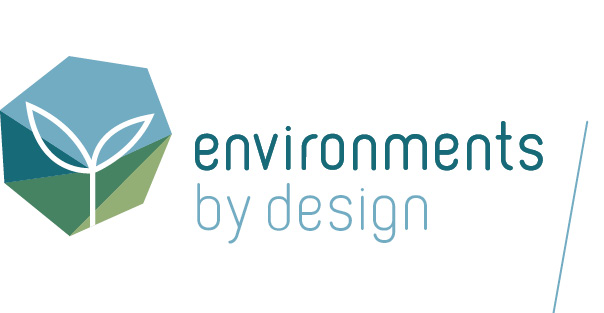

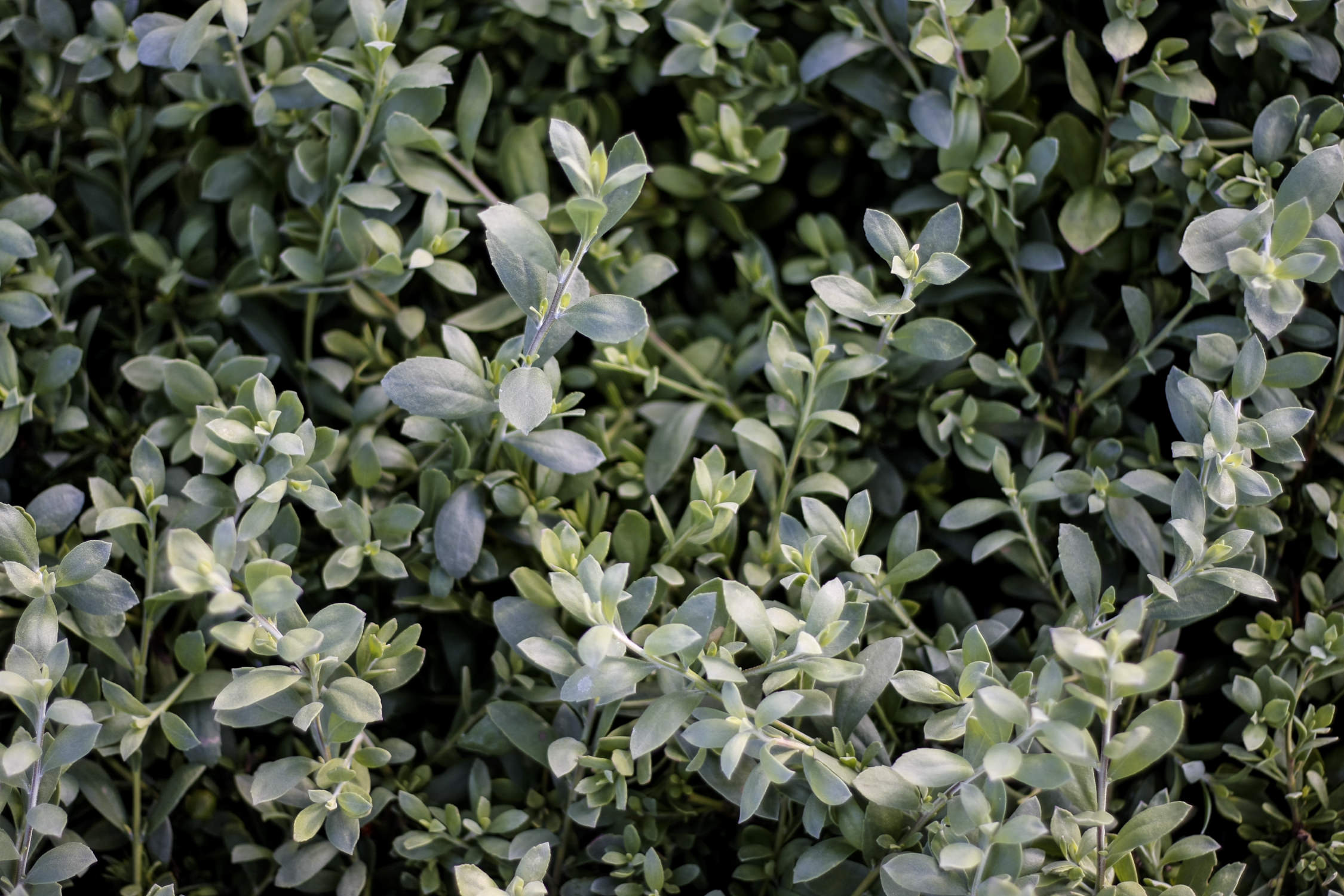
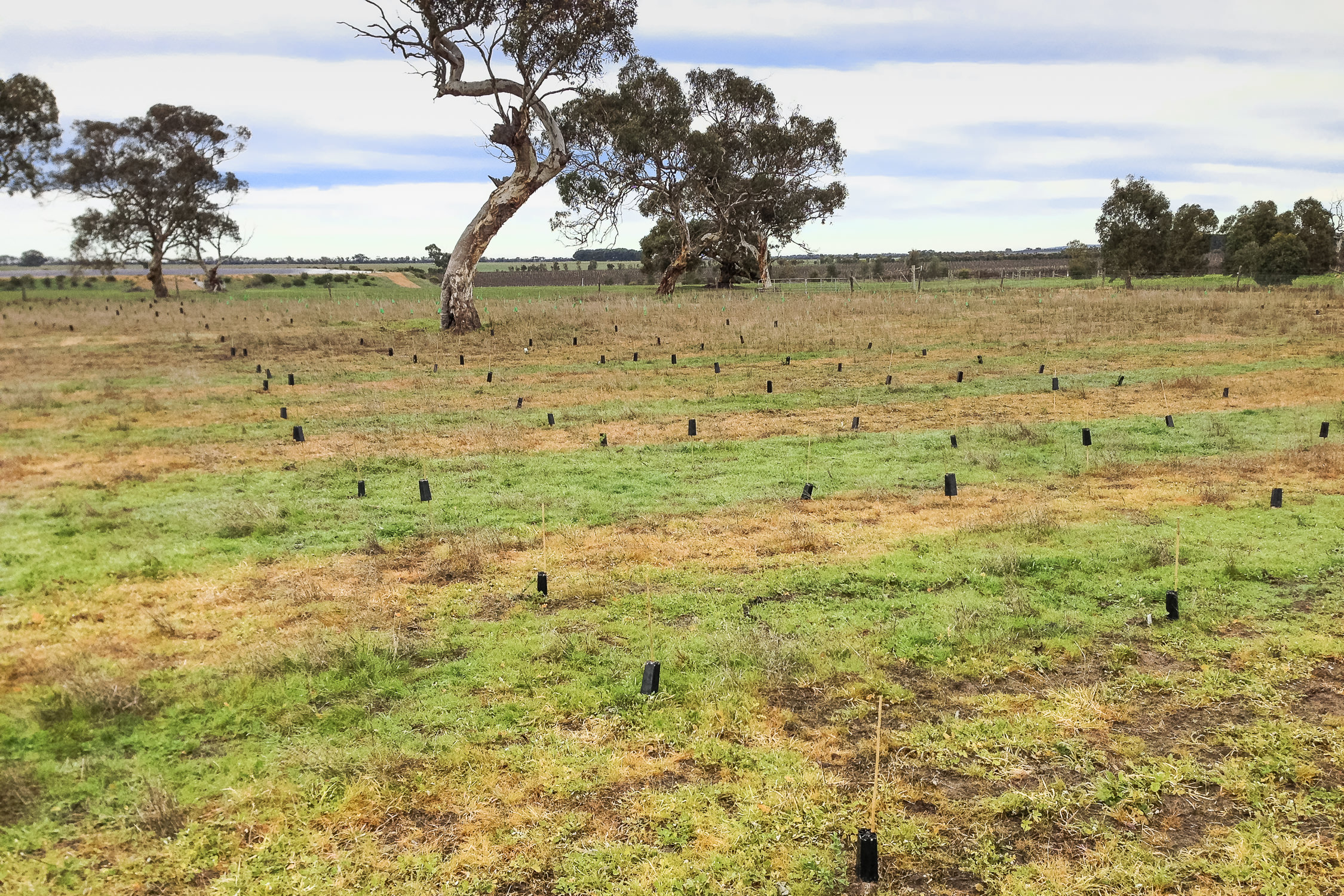
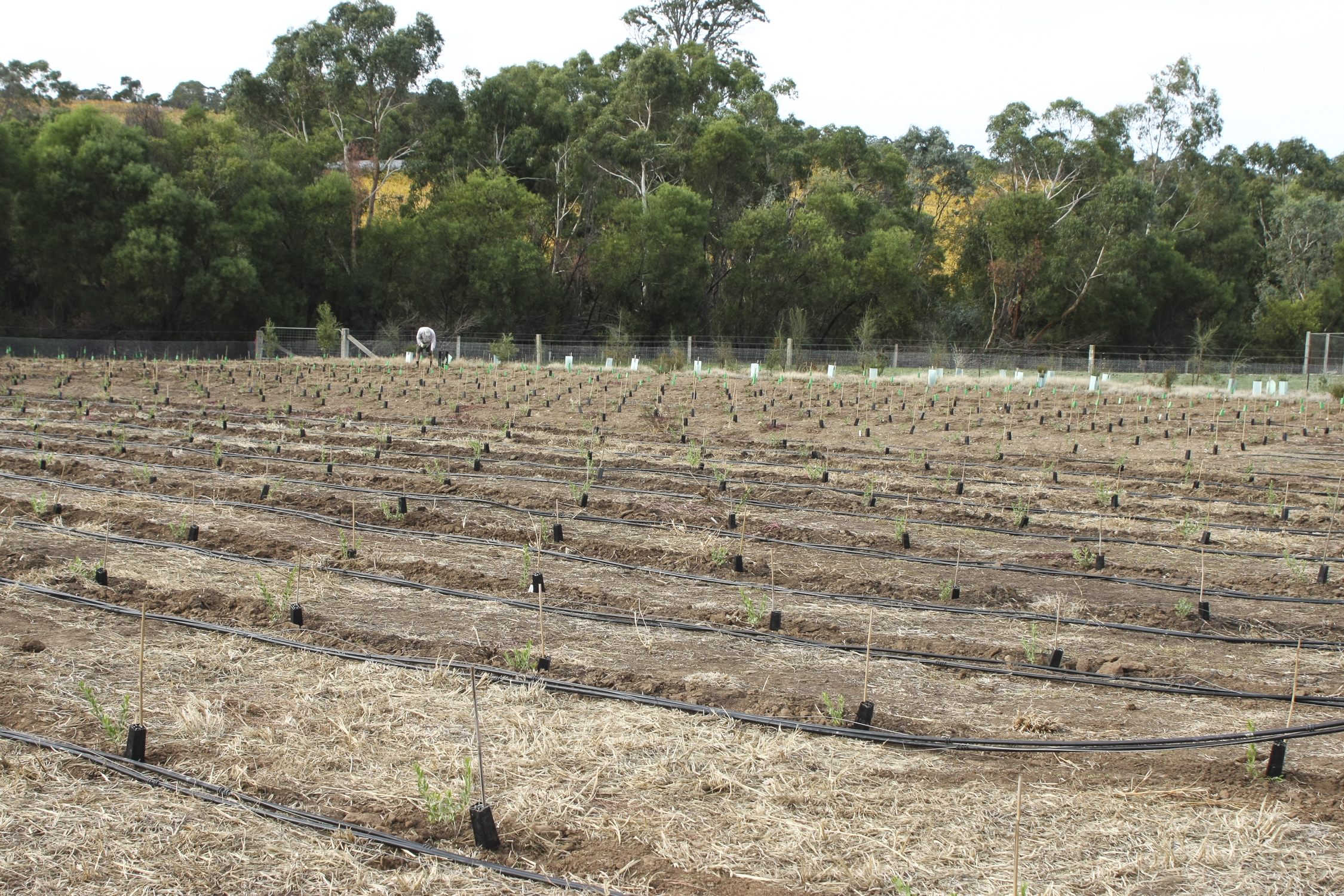

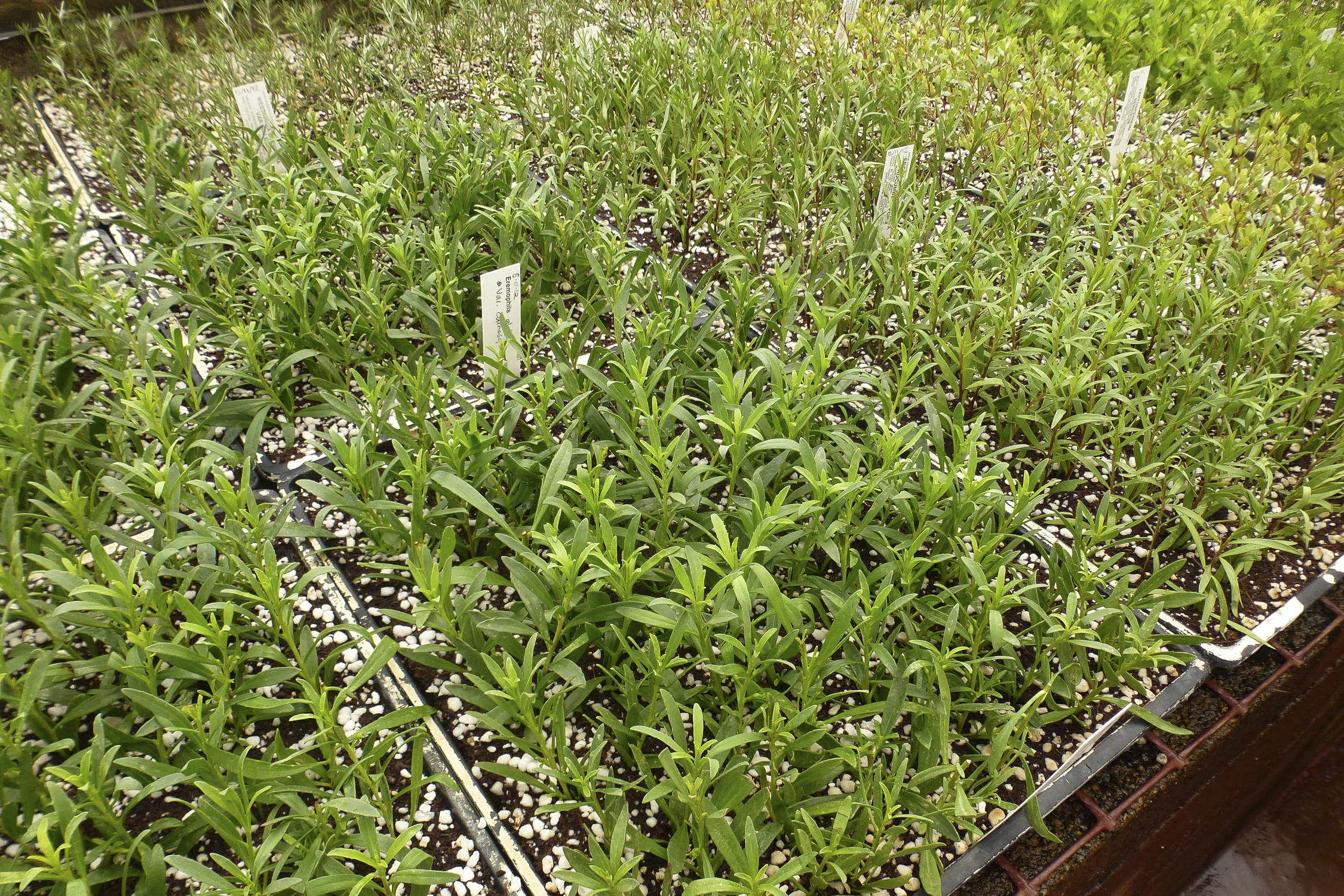
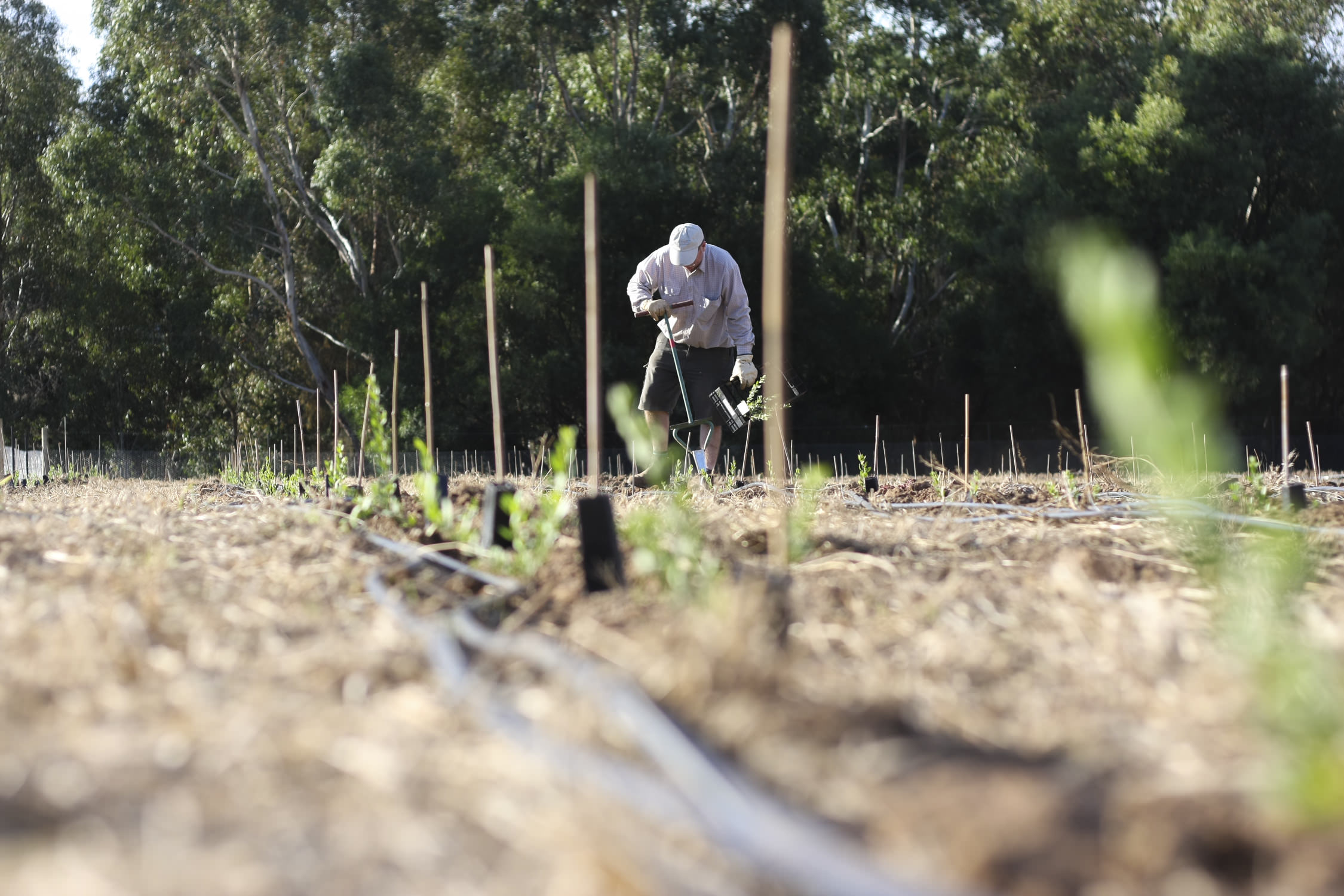
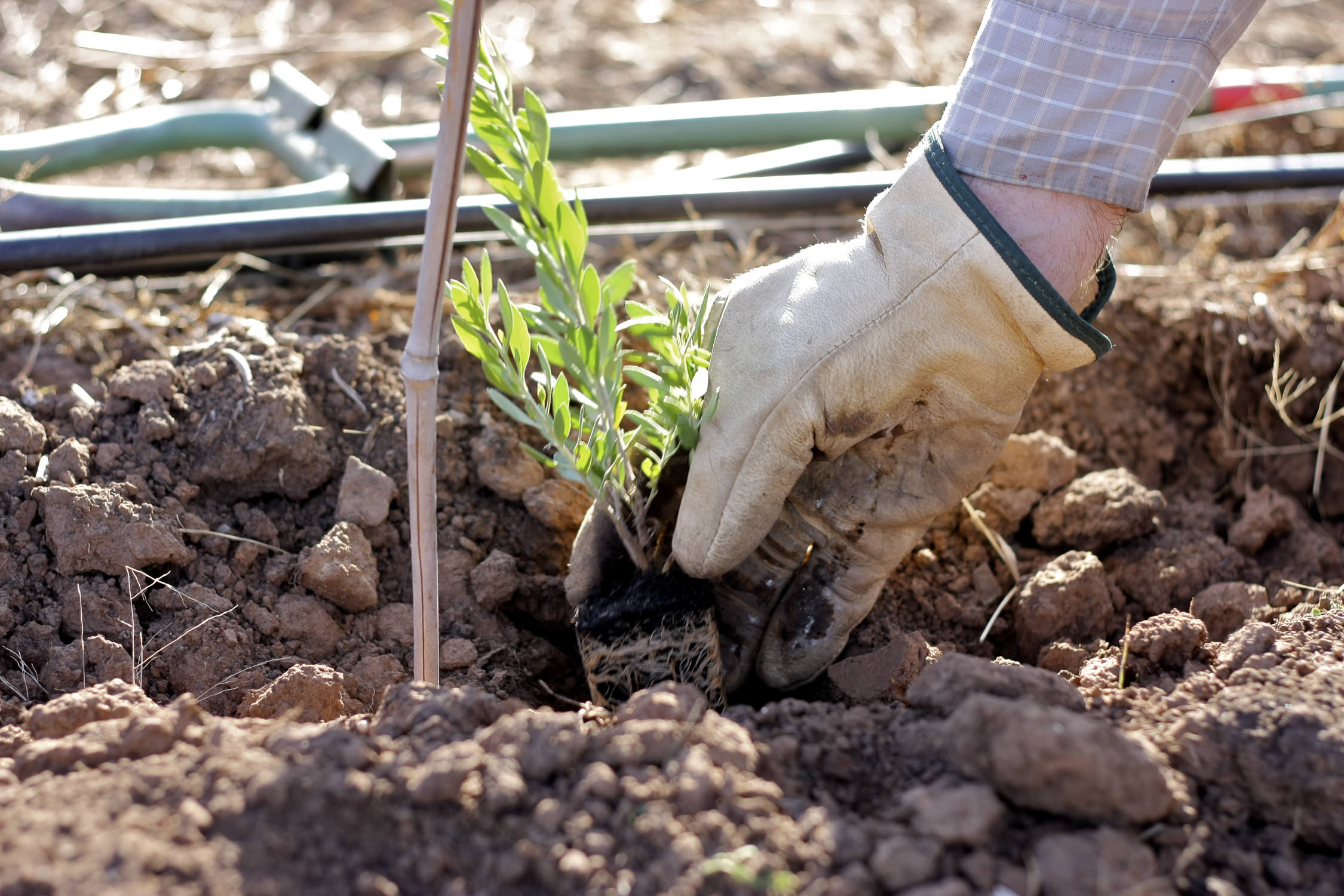




Environments by Design have joined forces with Jacobs International to develop a bioenergy roadmap for the South Australian Department for State Development.